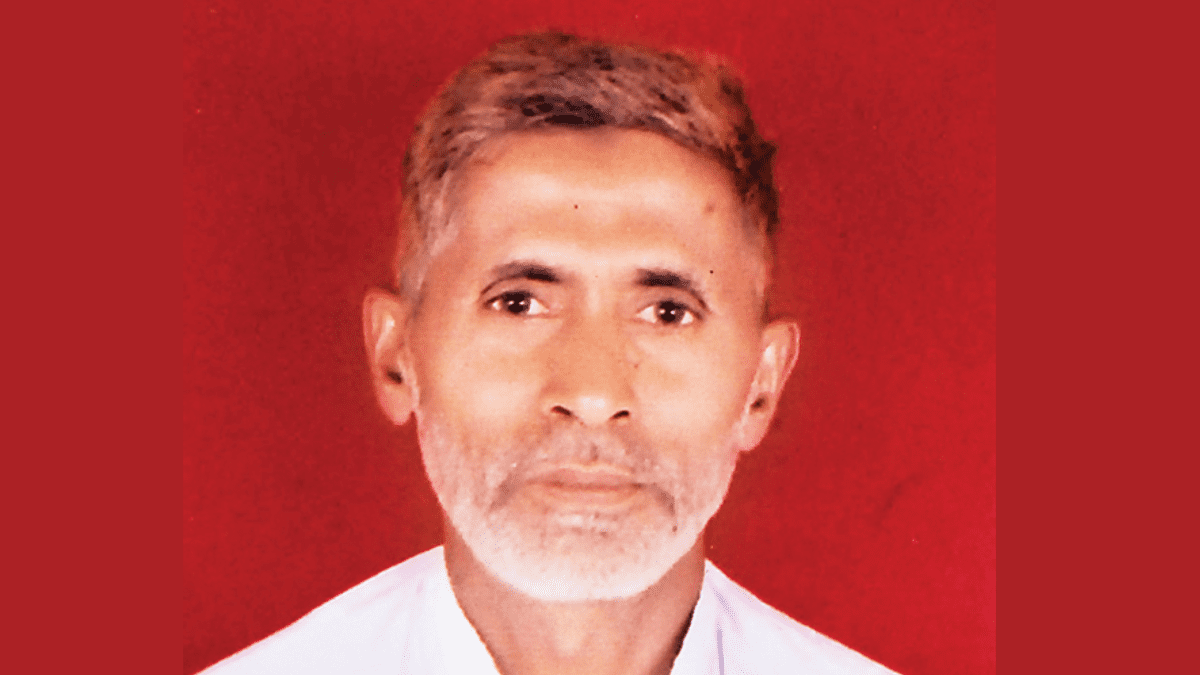Excerpted from the introduction of Being Hindu, Being Indian: Lala Lajpat Rai’s Ideas of Nationhood (Penguin Random House India, 2024).
In popular imagination, Lajpat Rai, one of the giants of the anti-colonial struggle, is always linked to Bhagat Singh. It was to avenge his death that Bhagat Singh assassinated Saunders, an act for which he was hanged. Lajpat Rai is almost always remembered as a great leader who sacrificed his life for the nation… But Lajpat Rai is also known in another avatar: as an ideological ancestor of Hindutva, the Hindu nationalist ideology first elaborated properly by Vinayak Damodar Savarkar in his 1923 tract Hindutva: Who is a Hindu? Proponents of Hindutva today make a clear and assertive claim on Lajpat Rai as one of their own…. Interestingly, this Hindu nationalist claim on Lajpat Rai as their icon is confirmed by dominant interpretations of the man in historical scholarship…
This interpretation of Lajpat Rai ends up leaving out much nuance and complexity… The absence of a comprehensive study of Lajpat Rai’s nationalist thought has facilitated his evaluation as a predecessor of Savarkar… This book undertakes precisely such an examination of the nationalist thought of Lajpat Rai… In doing so, it contests dominant interpretations that iron out the intellectual shifts, fluidity and complexity in Lajpat Rai’s thought to evaluate him as Savarkar’s precursor, either sharing deep ideological affinities with Hindutva or even representing some nascent, softer variety of it…
One of this book’s central aims is to show that even when Lajpat Rai articulated his most robust ‘Hindu nationalism’ in the first decade of the twentieth century, it diverged from Savarkar’s Hindutva in important ways. Lajpat Rai viewed Hindus and Muslims as separate ‘nationalities’ and converged with Savarkarite Hindutva when he took ‘Hindu culture’ to constitute the core of the Hindu nation. Lajpat Rai’s ‘Hindu nationalism’ also shared Hindutva’s view that the Hindu nation was crystallized in Hindu historical resistance against the foreign Muslim enemy. Yet, even then, Lajpat Rai stood at quite a distance from Hindutva. He envisioned a friction-ridden yet cooperative relationship between the Hindu and Muslim ‘nationalities’ within a common state. His ability to see the Muslim nation existing robustly alongside the Hindu nation was vastly different from Savarkar’s demand that to become part of the Hindu nation, Indian Muslims and Christians must abandon all marks of their religion and culture and assimilate into ‘Hindu culture’. Lajpat Rai’s Hindu nationalism lacked Savarkarite Hindutva’s desire for Hindu cultural supremacy and its aversion to religio-cultural diversity…
This story was originally published in thewire.in. Read the full story here.





